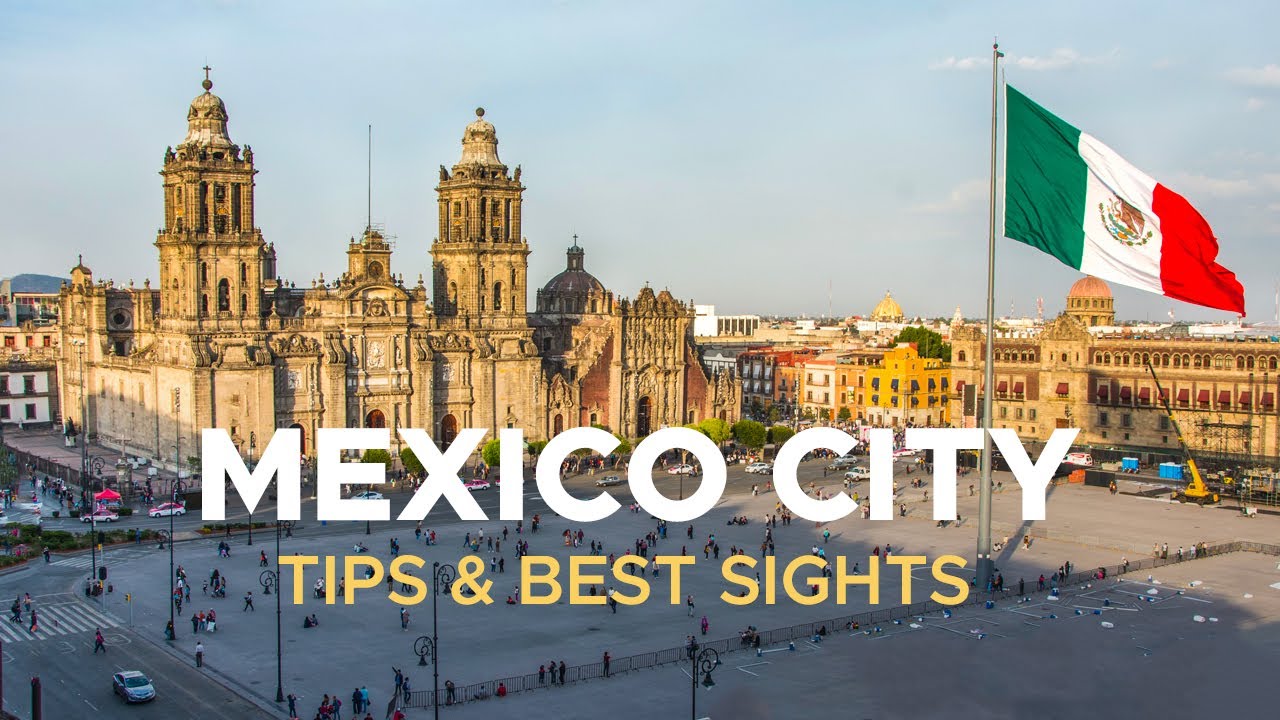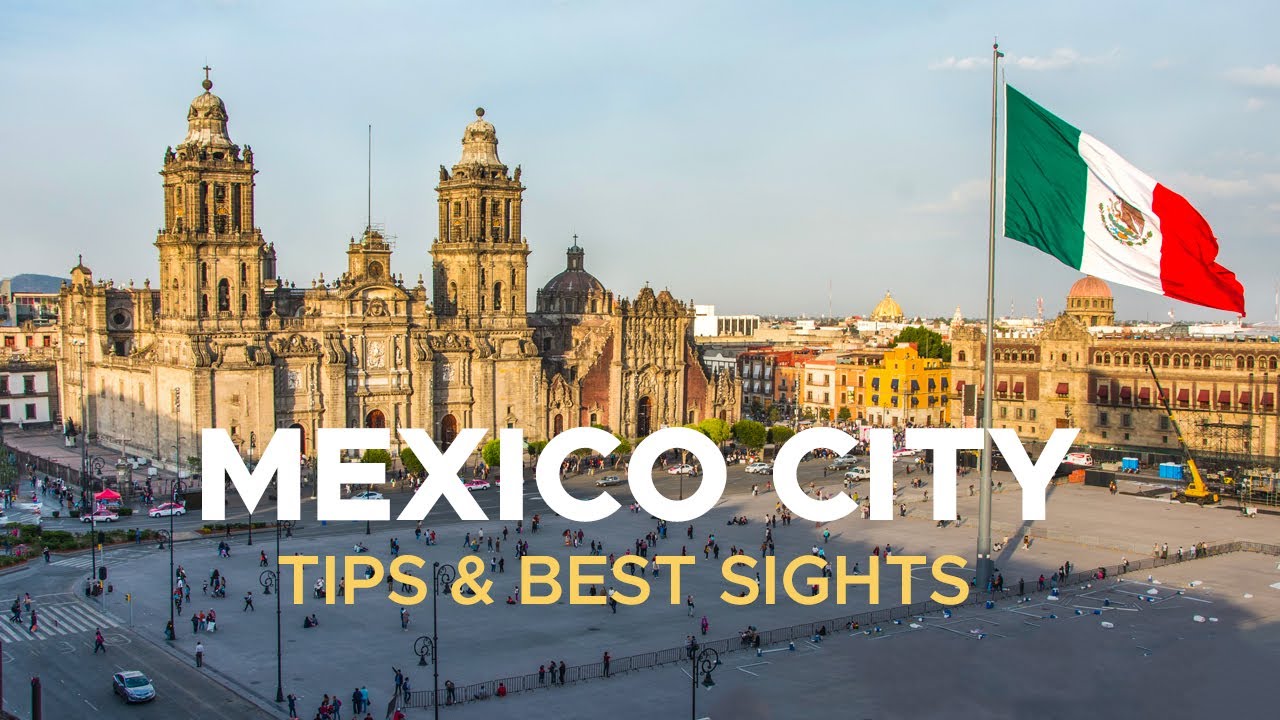Uncover the Charm of Mexico City: A First-Time Visitor’s Guide
Delve into the heart of Mexico and discover the unique charm that makes Mexico City an enchanting destination for first-time visitors. This sprawling metropolis, rich in history and bursting with color, offers a wealth of experiences that are sure to leave an indelible impression. From its grand colonial architecture to its vibrant street art, Mexico City effortlessly blends the old with the new, promising a cultural feast for all who venture here.
Unearth Mexico City’s Rich History
Begin your journey by exploring the city’s rich history. The historic center, a UNESCO World Heritage site, is home to stunning landmarks such as the Metropolitan Cathedral and the National Palace. Don’t miss the ancient Aztec temple, Templo Mayor, that lies right in the heart of the city. For those interested in Mexico’s pre-Columbian era, the nearby archaeological site of Teotihuacan, with its towering pyramids, is a must-visit.
Savor the Flavors of Authentic Mexican Cuisine
Experience the local culture by diving into Mexico City’s food scene. Known for its street food, the city offers a variety of delicious local dishes such as tacos al pastor, tamales, and churros. For a unique culinary experience, visit the bustling markets of La Merced or San Juan where you can sample exotic fruits, fresh seafood, and local delicacies.
Immerse Yourself in Mexico City’s Vibrant Arts and Culture
Mexico City’s vibrant arts scene is another facet of its charm. The city is home to over 150 museums, including the famous Frida Kahlo Museum and the Museum of Anthropology. Street art is another integral part of the city’s culture, with colorful murals adorning many buildings. For a taste of Mexico’s performing arts, catch a traditional mariachi performance or a lucha libre wrestling match.
Top Must-See Attractions in Mexico City for First-Time Visitors
As a first-time visitor to Mexico City, the number of must-see attractions can seem overwhelming. However, certain sites simply cannot be missed.
The Zocalo, also known as Plaza de la Constitucion, is one of the largest city squares in the world and is a good starting point for first-time visitors. The square is home to the magnificent Metropolitan Cathedral and the National Palace, both of which are must-see attractions in their own right. The cathedral is the largest in the Americas and showcases a range of architectural styles while the palace features stunning murals by Diego Rivera.
Chapultepec Park and Castle
Another must-see attraction in Mexico City is Chapultepec Park. This vast park is twice the size of New York’s Central Park and houses a zoo, several museums, and a lake. At the heart of the park is Chapultepec Castle, which offers panoramic views of the city. The castle was once a royal residence and now houses the National History Museum.
The Frida Kahlo Museum
No visit to Mexico City would be complete without a trip to The Frida Kahlo Museum. Also known as the Blue House, this museum was the home of the famous artist and her husband, Diego Rivera. Visitors can explore the rooms where Kahlo once lived and see some of her most important artworks.
The National Museum of Anthropology
Finally, first-time visitors should make time to visit The National Museum of Anthropology. This museum houses a vast collection of pre-Hispanic art and artefacts, including the famous Aztec Sun Stone. It is one of the most visited museums in Mexico and offers a fascinating insight into the country’s rich history.
Exploring Local Cuisine: A Food Guide for First-Time Visitors to Mexico City
When it comes to exploring local cuisine in Mexico City, first-time visitors are in for a treat. This bustling metropolis is a melting pot of culinary influences, offering a diverse array of flavors and dishes that are sure to tantalize your taste buds. From traditional street food to high-end dining, the food scene in Mexico City is a vibrant and exciting part of the local culture.
Tacos al Pastor is a must-try for any food lover. This iconic dish, a favorite among locals and tourists alike, consists of marinated pork cooked on a vertical spit, similar to shawarma. The meat is then thinly sliced and served on small tortillas with a variety of toppings, including pineapple, onions, and cilantro.
Street Food Delights
For a truly authentic experience, be sure to sample the street food in Mexico City. Among the many options, Chicharrón (fried pork skin) and Elotes (grilled corn on the cob smothered in mayonnaise, cheese, chili powder, and lime) are particularly popular. For something a little different, try Tlacoyos, oval-shaped corn masa creations filled with beans, cheese, or other ingredients and topped with salsa and cactus.
High-End Dining in Mexico City
If you’re in the mood for a more upscale dining experience, Mexico City won’t disappoint. The city boasts a number of award-winning restaurants that offer innovative takes on traditional Mexican cuisine. Pujol, ranked as one of the world’s top restaurants, serves a creative, ever-changing menu that artfully blends Mexican tradition with modern culinary techniques.
Navigating Mexico City: Transportation Tips for First-Time Visitors
As a first-time visitor to Mexico City, understanding the city’s transportation system is essential to maximize your travel experience. With a population of over 20 million people, the city’s transportation network is vast and varied, comprising metro, metrobus, taxis, and rental cars. Let’s explore the different modes of transport that you can use to navigate this bustling metropolis.
Metro and Metrobus
The Metro is Mexico City’s most extensive public transportation system, boasting 12 lines that cover most of the city. It’s a cost-effective way to travel, especially during off-peak hours to avoid heavy crowds. The Metrobus, a bus rapid transit system, is another efficient means of transportation, with dedicated lanes making it faster than regular buses. Maps and schedules are available online to help plan your journey.
Taxis and Rental Cars
Taxis are plentiful in Mexico City, but it’s recommended to use only authorized taxis from taxi stands or ride-hailing apps like Uber for safety reasons. When it comes to rental cars, while they offer the convenience of traveling at your own pace, they may not be the best option due to heavy traffic and scarce parking. Always remember to follow local traffic laws and be aware of your surroundings.
Biking
For short distances, consider using EcoBici, Mexico City’s bike-sharing program. It’s an environmentally friendly and fun way to explore the city. There are numerous bike lanes and paths across the city, and you can easily rent a bike using the EcoBici app.
Cultural Insights: Understanding Mexico City’s Rich Heritage as a First-Time Visitor
Mexico City, a vibrant metropolis steeped in history and culture, offers an exciting and enlightening experience for first-time visitors. With its rich heritage that seamlessly blends the ancient and the contemporary, the city stands as a testament to the resilience and creativity of its people. From its pre-Hispanic origins to its colonial past and dynamic present, understanding Mexico City’s cultural heritage requires a deep dive into its history, architecture, food, and traditions.
The Historical Tapestry
The city’s history is an essential part of its cultural fabric. Mexico City was once the center of the Aztec Empire, known as Tenochtitlán, an island city of great wealth and sophistication. Today, the remnants of this ancient civilization can be seen in the Templo Mayor, an archaeological site in the heart of the city. Similarly, the city’s colonial history is evident in the beautiful baroque architecture of the historic center, a UNESCO World Heritage Site.
Artistic Endeavors and Culinary Delights
Mexico City’s cultural richness is also reflected in its thriving arts scene. The city is home to over 150 museums, including the world-renowned Museo Frida Kahlo and the Museo Nacional de Antropología. Additionally, the murals by Diego Rivera, scattered across the city, narrate the country’s history in vivid colors. The city’s culinary scene is another aspect of its cultural heritage. From street food vendors serving up delicious tacos to high-end restaurants offering modern interpretations of traditional dishes, the city’s food culture is a feast for the senses.
Traditions and Celebrations
Traditions and celebrations form a crucial part of Mexico City’s cultural heritage. Annual events like the Day of the Dead (Día de los Muertos) and the Feast of Our Lady of Guadalupe are vibrant displays of the city’s rich traditions. These festivities, characterized by colorful parades, music, and food, offer first-time visitors a unique insight into the city’s cultural heritage.



